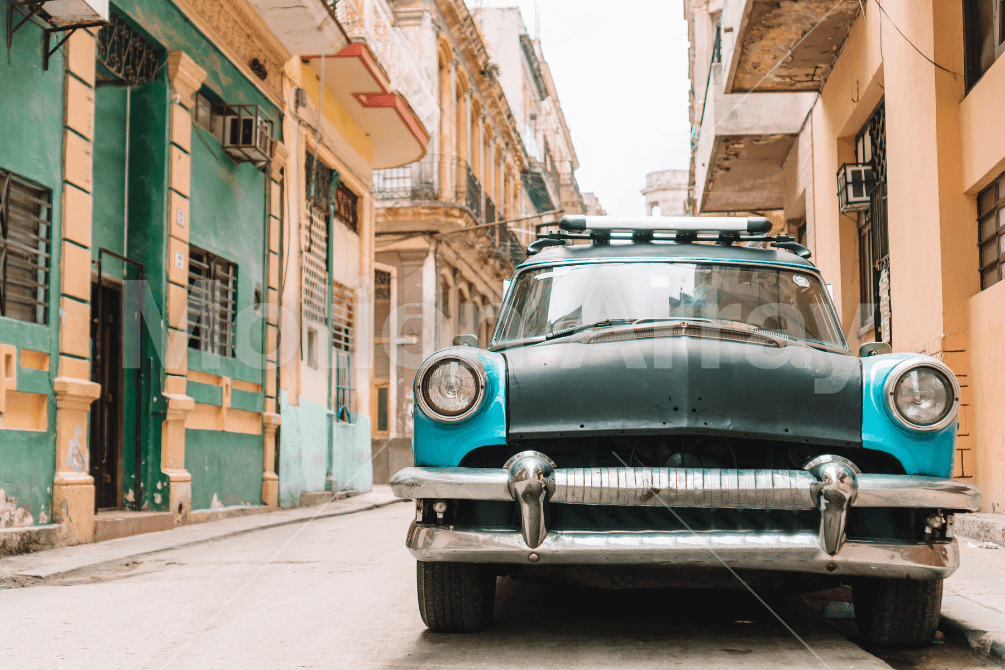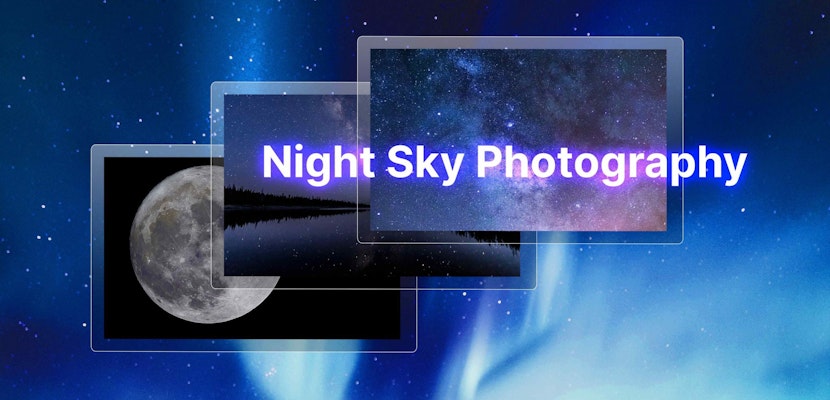Car photography can be a lot of fun, but you might well have tried it a few times and thought, “This is really tricky!” And it’s true, car photography can be a bit tricky to pick up. But, if you follow these car photography tips, you’ll be taking fantastic car pictures in no time. Before anything, though, the biggest tip for car photography is to remember what people like about cars: the freedom they afford you, their speed and power, their aesthetics, and in the case of vintage cars, their longevity. Car photography is a form of product photography, so if you focus on these elements, you’re well on your way to taking great pictures of cars.
Summary
1. Think About Your Location
You need to pick a location that complements the car. You’re not going to find a compact city run-around off-roading, and taking photos of a jeep in a town won’t do it justice. So if you’re shooting a sleek sports car, a more industrial setting could work. Think about a countryside shoot for vintage and family cars. If you ask yourself where you’re most likely to see the type of car you’re photographing, you’ll come up with a great location for a shoot.

License image now

License Image now
2. Check the Background
Once you’re on location, you need to select the perfect background. It needs to complement the car, and there mustn’t be anything distracting lurking around. Always consider the balancing elements of photography: think about shapes, patterns and colors in your background. Then make sure there aren’t any dustbins, powerlines, or similar cluttering it up. The rule is that the background needs to emphasize your automotive subject, not distract from it.

License image now
3. What’s the Car’s Color?
Black or white cars can be photographed in almost any location with just about any background. They are brilliantly versatile. Colors, on the other hand, are a little harder to place. A good basic rule is that brighter colors will look better against darker backdrops and vice versa. So whenever you’re out and about, stay alert to how different colored cars look in different settings with different light. It will help give you car picture ideas or flag up what to avoid.

4. Light
Like almost any other photographic subject, avoid photographing cars in the midday sun. Direct light can cause odd or difficult reflections on a car’s surface, which means that shooting just before sunrise or a few minutes after the sun has gone down when there’s plenty of light, but not direct, is a good option. The golden hours–just after sunrise and before sunset–can also provide beautiful light for car shoots. If there are dark spots or bright reflections, try using a reflector to direct light where you need it.

5. Reflections
Cars are, most often than not, highly reflective. As we’ve already discussed, this can make it tricky to get the light right. But you can also find reflections from the background or even yourself ruining a photo. Be careful how you position the car and angle yourself to reduce the chances of capturing obscure reflections in your car pictures. Try shooting with open space behind you, for example, a field or lake, or if that’s impossible, think about getting low. Move around and experiment to get the best reflection-free shots.
6. Try Panning
Panning shots give a great sense of speed and motion, which makes them an excellent choice for inclusion in a car shoot. Simply track the car as it drives past you to capture an image where the car is sharp, and the background is blurred. Remember that the slower the shutter speed, the more blur will show in your background. But start with a shutter speed of around 1/125 second and extend it as you grow in confidence.
7. Go Out at Night
Photos of cars at night can be very effective. This is true for both panning shots and for static images. For example, a car driving by with headlights on is a great shot. But so is shooting a car in a dark location with a well-lit vista in the background. It could be a town or city, and you light paint the car with flashlights. Just remember to use a tripod and to deliberately under-expose the shot to ensure that everything remains dark.
8. Gear for Car Photography
If you’re wondering what gear you’ll need for car photography, here are the basics:
- Tripod, especially for night shots or for when you need a more prolonged exposure
- 24-70mm lens, which gives you plenty of options for wide-angle and close-up shots
- Reflector, to help bounce light back onto the car and counteract dark shadows, or to direct very bright light that will cause difficult reflections away from the car
- Lights: a flashlight for light painting at night and a flash or light bar for doing interior shots
- ND filter or a circular polarizing filter: a neutral density filter can help with your exposure in very bright conditions, while a polarizing filter can help nullify any distracting reflections on the surface of your car.
- Cloth to remove any dust or dirt, as you’ll be amazed at how quickly a car can get dirty!
9. Angles and Interiors
Remember to move around the car to capture it from various angles. Up high, down low, to the left and to the right. Wide angles and close-ups. And the car isn’t just about its exterior, but its interior, too. So climb inside and capture some shots of the dashboard lit up, the upholstery and the finish.

License image now

License image now
10. On the Move
Cars move: capture them in motion! If you want to try something more advanced than panning, think about a driving shot. This is something for which you do need to be well prepared and extremely careful. But the idea is to capture photos of a car being driven from another car being driven. Obviously, you will need 2 drivers in addition to you as the photographer, and your gear will need to be secured inside the vehicle.
You’ll also need to drive on either a specialist track, a private road or on very quiet roads. (Do check the legality of doing this and whether your photography insurance covers it before driving off into the sunset!) Try a speed of about 40mph or 60kph, with a shutter speed of 1/100 seconds and the camera set to burst mode. From there, experiment and look for the gems among the photos you’ll have to discard.
From location to lighting, as well as the actual car itself, there’s quite a bit to think about when it comes to car photography. However, just as a car gives you freedom, so does car photography. There’s so much you can try, you’ll never grow bored of it. So give it a go and see!



























